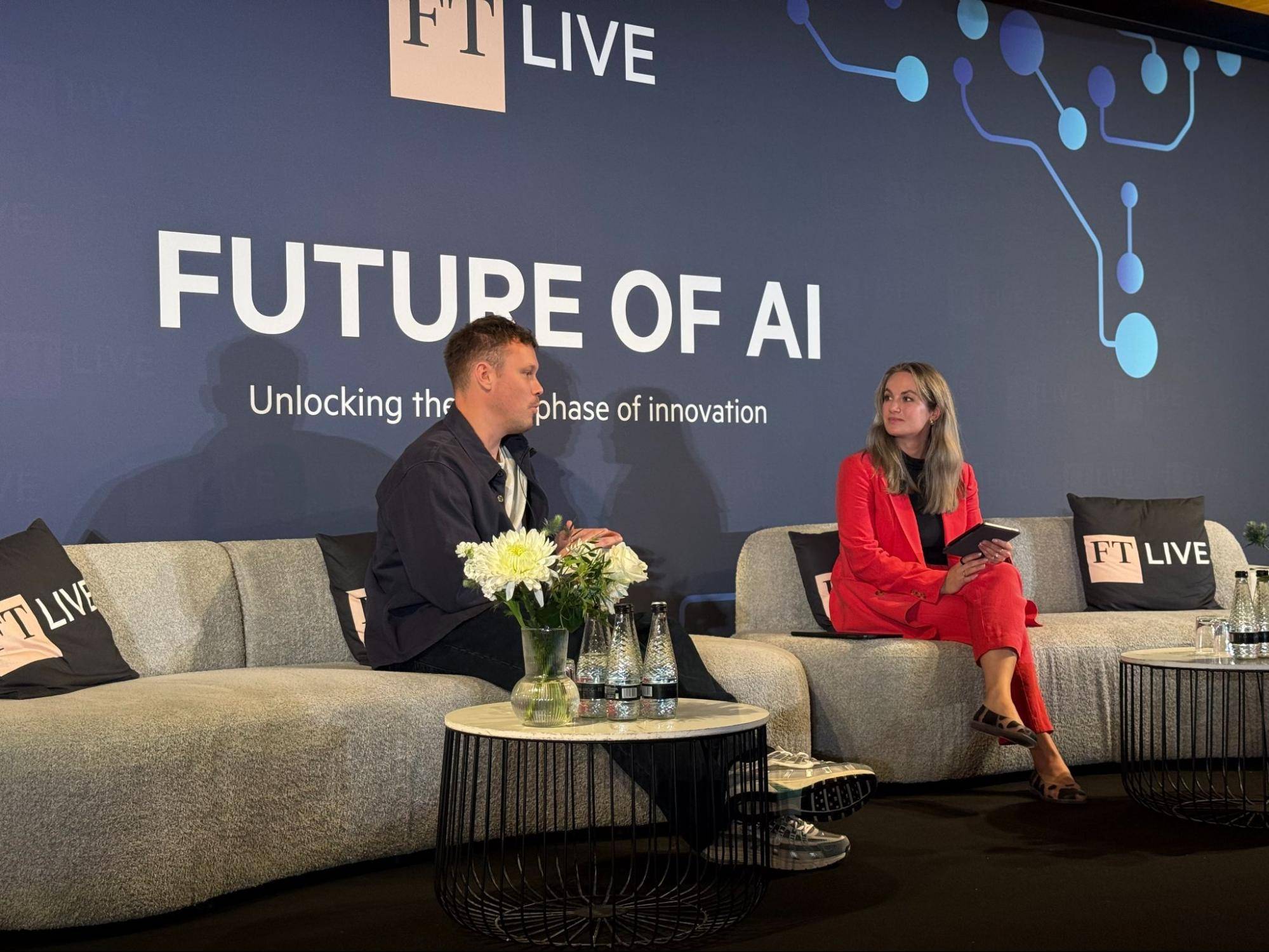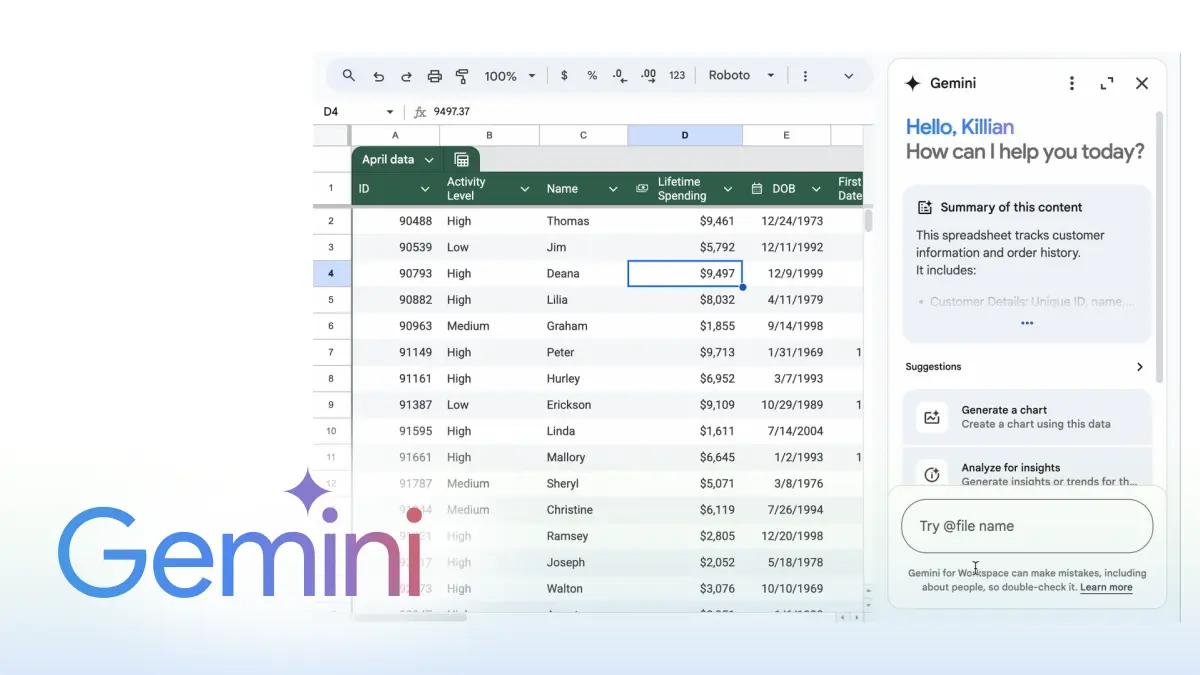
Last week, I attended FT Live’s Future of AI Summit, two days of keynotes, demos, and corridor conversations on “unlocking the next phase of innovation.”
As I reflected in my post-conference catch-up with Julia Hobsbawm over dinner in London’s Borough Market, it was a good opportunity to see the state of things, but also a grave warning for leaders responsible for implementing AI in the organization.
Agents were the headline act (as expected), but few could articulate what exactly that meant or how they’re being deployed. Among most presenters, it was more of an (over) promise of what’s still to come rather than a daily reality.






